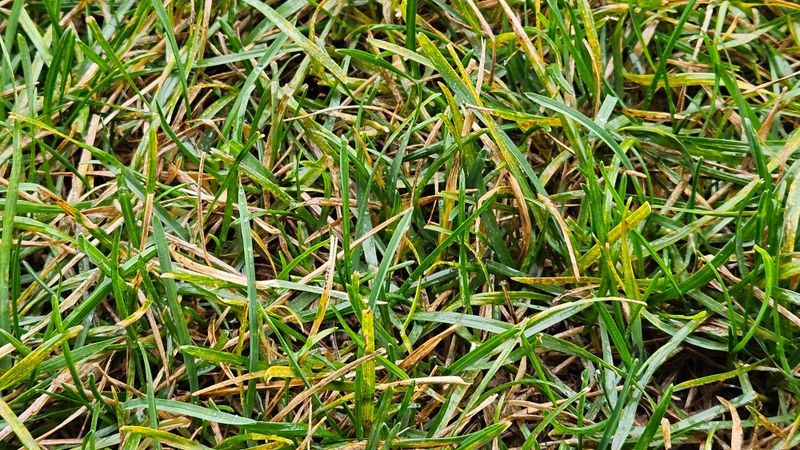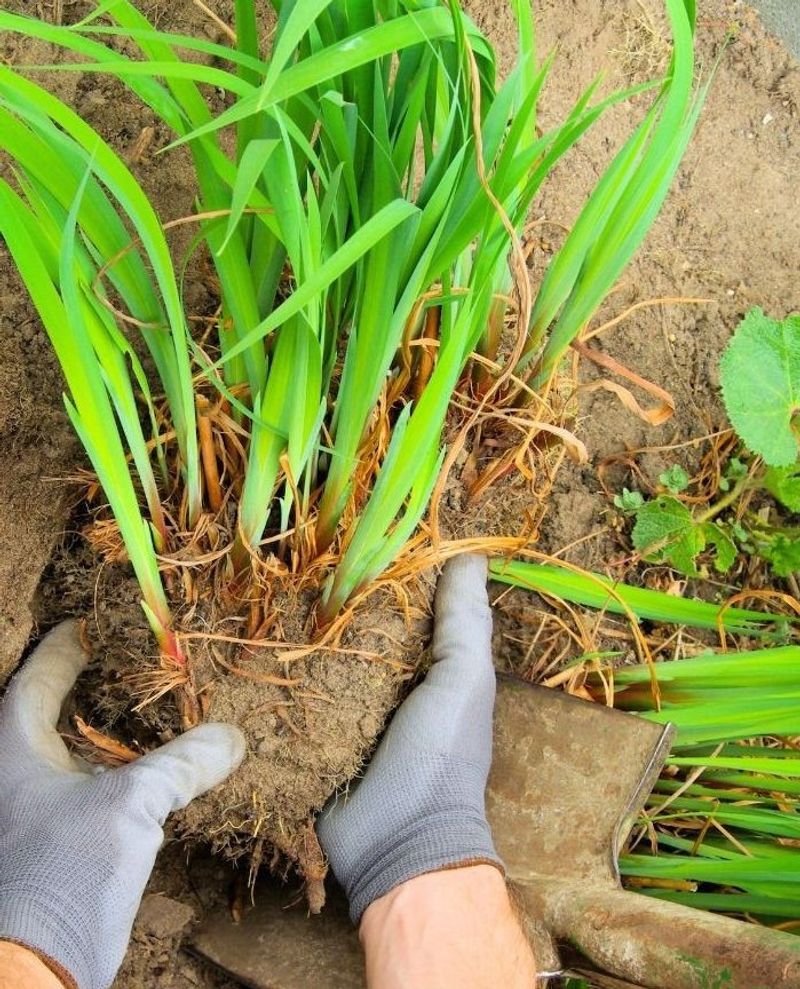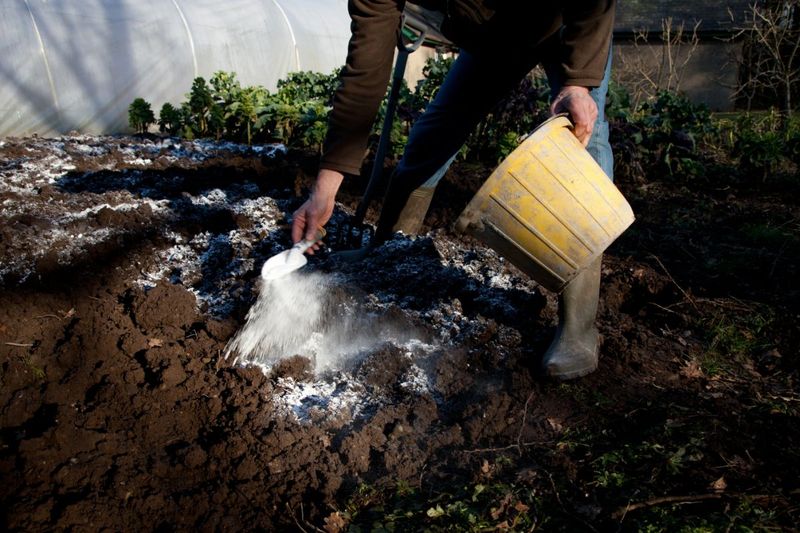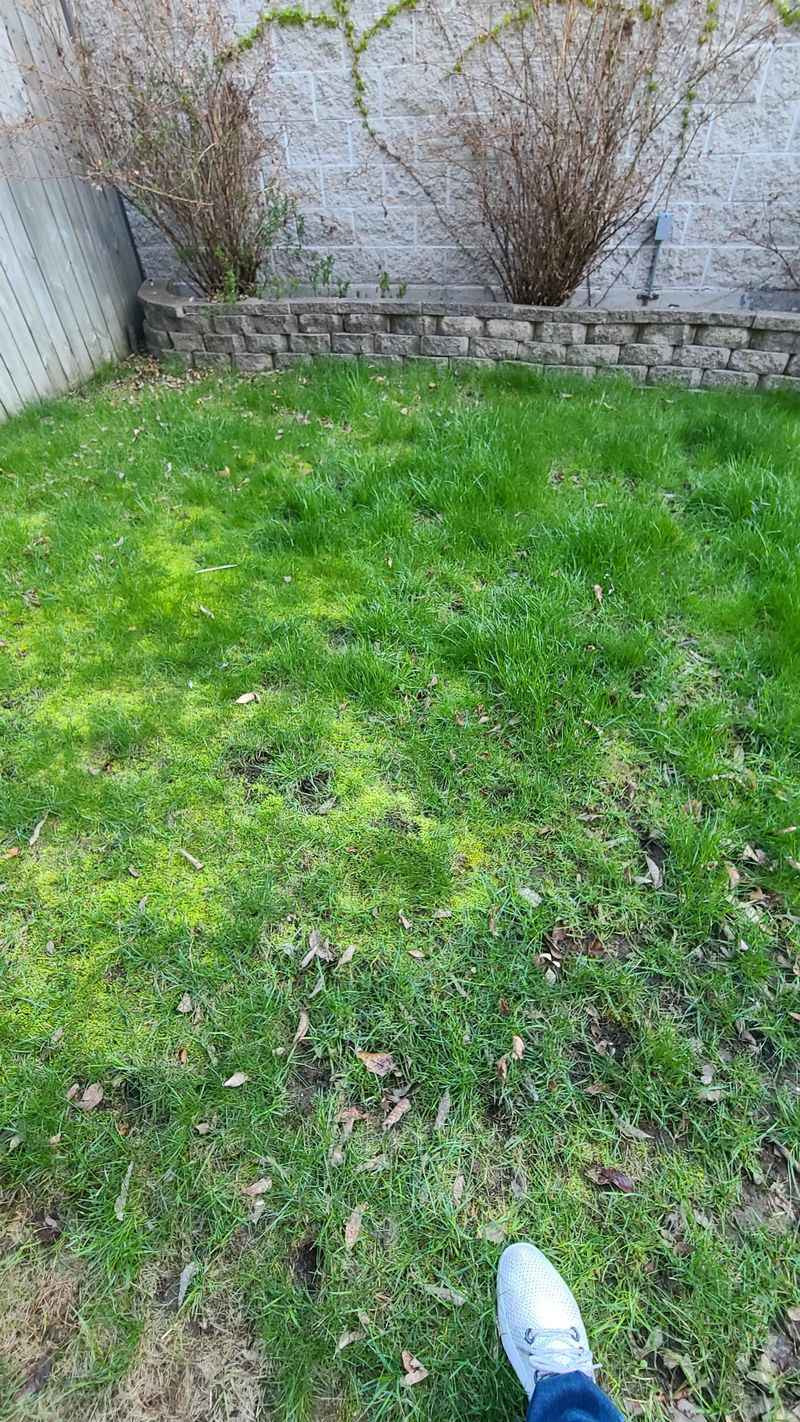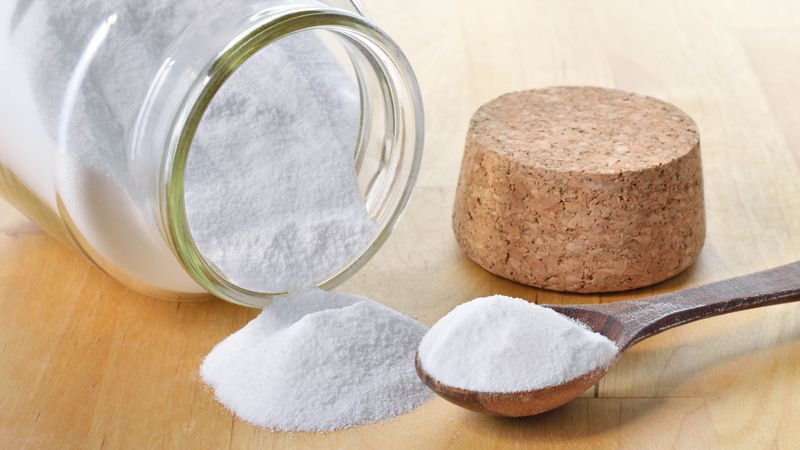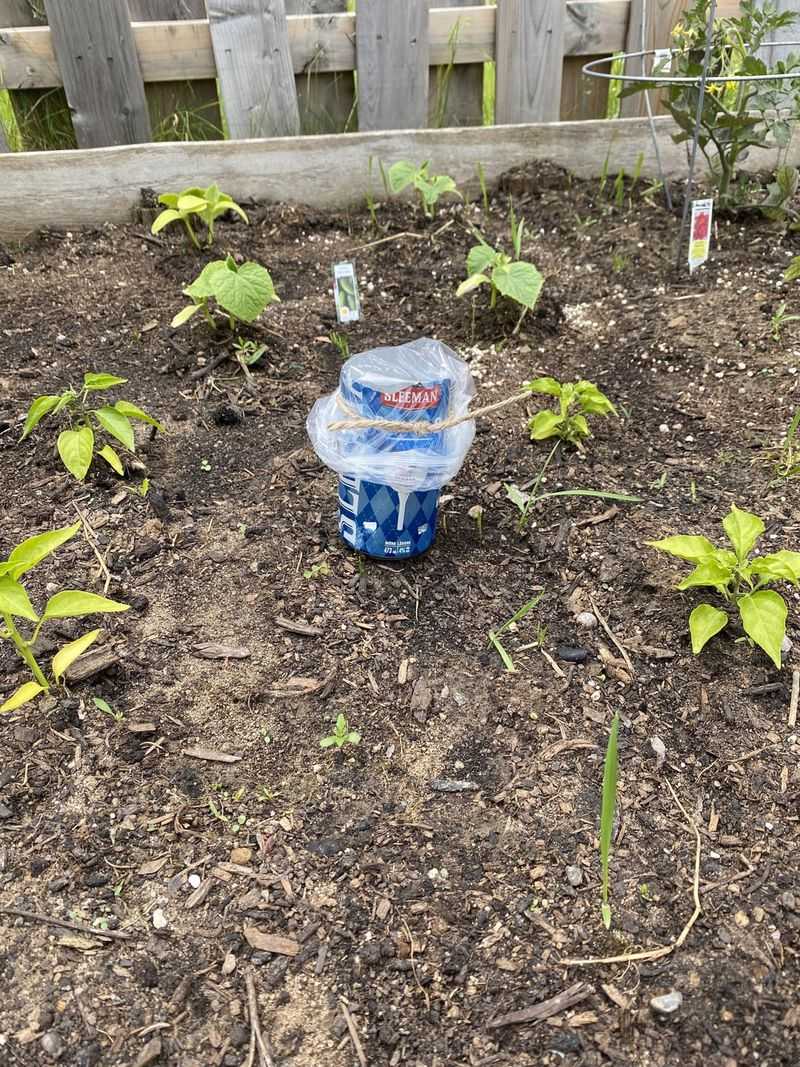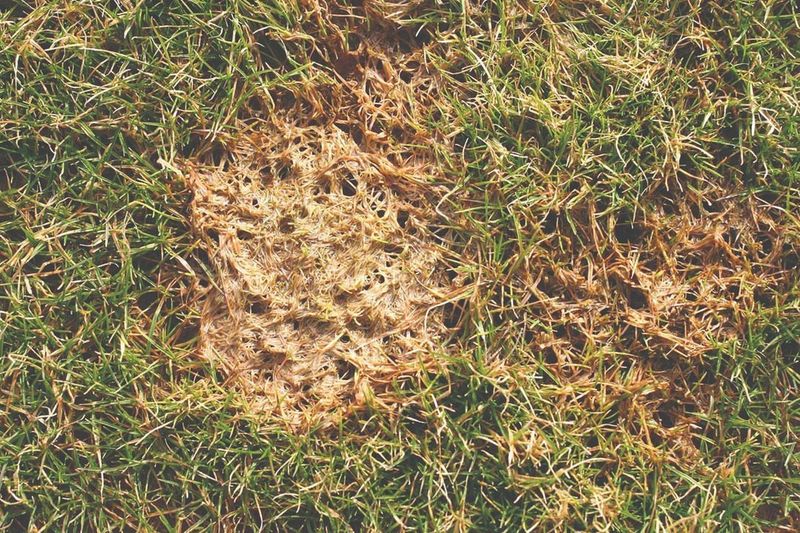Baking soda has become a surprising secret weapon for Ohio lawn care this fall. More and more gardeners across the state are discovering how this simple kitchen staple can solve common yard problems without harsh chemicals.
November is the perfect time to use it, and the results are impressive enough that neighbors are taking notice.
1. Fighting Fungal Diseases Before Winter
Lawn fungi love Ohio’s damp November weather, creating ugly brown patches and dead spots. Baking soda changes the pH level on grass blades, making it harder for fungus to grow and spread.
Mix three tablespoons with a gallon of water and spray affected areas every few days.
Your lawn will thank you when spring arrives with healthier, greener grass that survived the winter months without expensive fungicide treatments.
2. Natural Weed Killer For Stubborn Crabgrass
Crabgrass refuses to quit, even as temperatures drop across Ohio. Pouring baking soda directly on these pesky weeds dries them out from the roots up.
Just sprinkle a generous amount on the weed’s center and wait a few days. Rain and morning dew help the powder work its magic.
This method works best on weeds growing in sidewalk cracks or between patio stones where you don’t want anything growing back anytime soon.
3. Sweetening Acidic Soil For Spring Growth
Ohio’s clay-heavy soil often becomes too acidic, especially after a rainy fall season. Grass struggles to absorb nutrients when pH levels drop too low.
Spreading baking soda across your lawn raises the pH naturally, preparing the ground for vigorous spring growth. Test your soil first with an inexpensive kit from any garden center.
November application gives it months to balance the soil chemistry before your grass wakes up hungry in March and April.
4. Eliminating Moss In Shady Yard Areas
Moss takes over wherever grass can’t compete, especially under Ohio’s many oak and maple trees. Instead of expensive moss killers, baking soda offers a budget-friendly solution that actually works.
Sprinkle it directly on moss patches and watch them turn brown within days. Rake away the dead moss and overseed those bare spots.
The alkaline nature of baking soda makes the environment inhospitable for moss while being perfectly safe for grass seed germination.
5. Deodorizing Pet Areas Naturally
Dog urine leaves yellow spots and unpleasant smells that linger through fall. Baking soda neutralizes the ammonia odors while helping damaged grass recover from nitrogen burn.
Sprinkle a light coating over pet bathroom areas and water it in thoroughly. Repeat weekly throughout November.
Your yard will smell fresher, and those unsightly yellow patches will fade as the grass heals. Neighbors walking by won’t wrinkle their noses anymore when passing your property.
6. Discouraging Insects Before They Hibernate
Many lawn pests burrow into Ohio soil for winter, ready to emerge hungry in spring. Sprinkling baking soda creates an unwelcoming environment that sends bugs searching elsewhere for hibernation spots.
Focus on areas where you’ve noticed ant hills or grub damage during summer months. While not a complete pesticide replacement, it adds an extra layer of protection.
Combined with proper fall lawn care, you’ll face fewer pest problems when warm weather returns to the Buckeye State.
7. Preparing Lawns For Snow Mold Prevention
Snow mold appears as pink or gray circles when Ohio’s snow finally melts in late winter. Preventing it starts now, before the first snowfall blankets your yard.
Applying baking soda in November creates an alkaline surface that discourages mold spores from establishing colonies under snow cover. Spread it evenly using a broadcast spreader for best results.
When spring finally arrives, your lawn will emerge clean and green instead of covered in mysterious fungal patches that take weeks to disappear.


